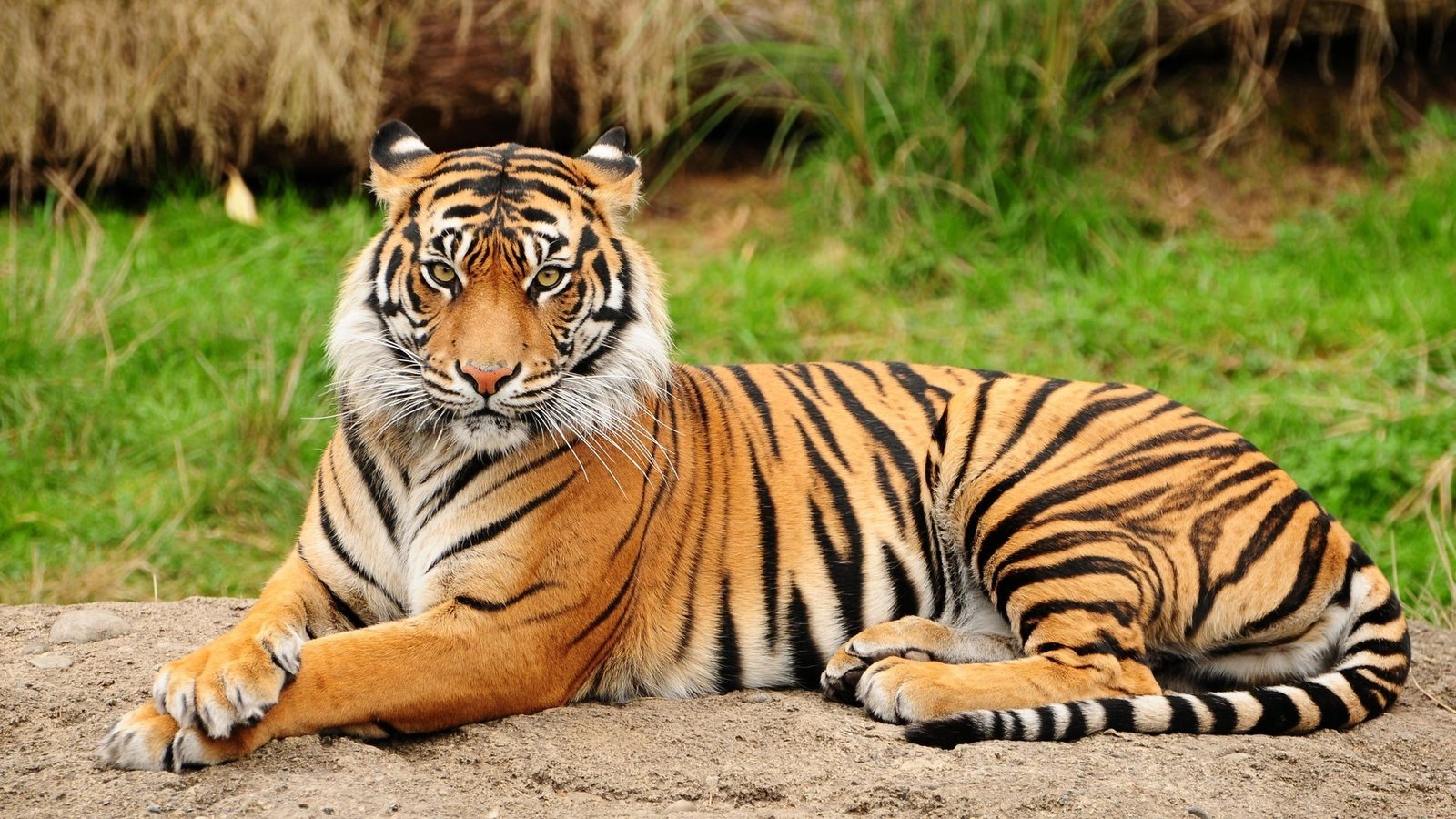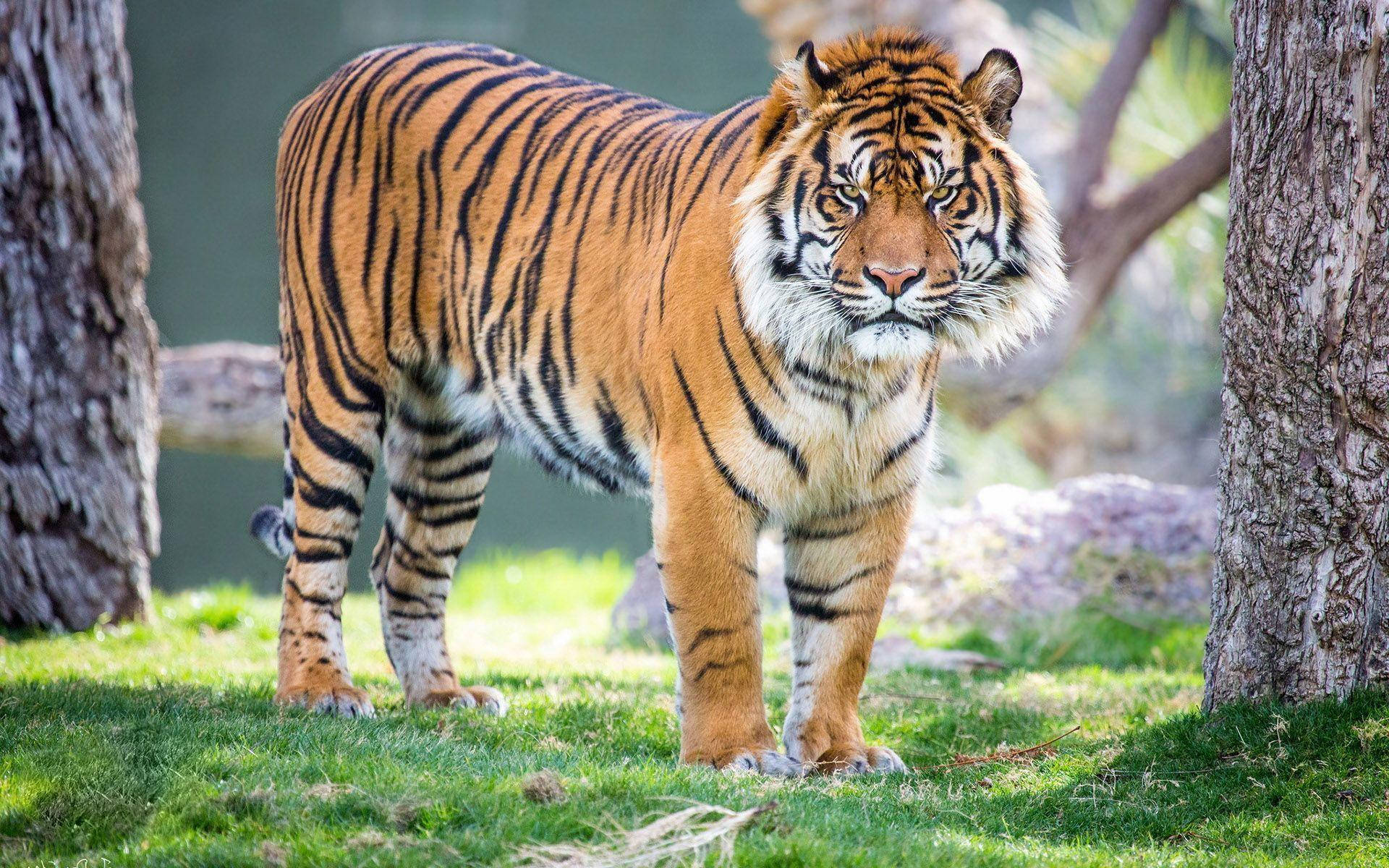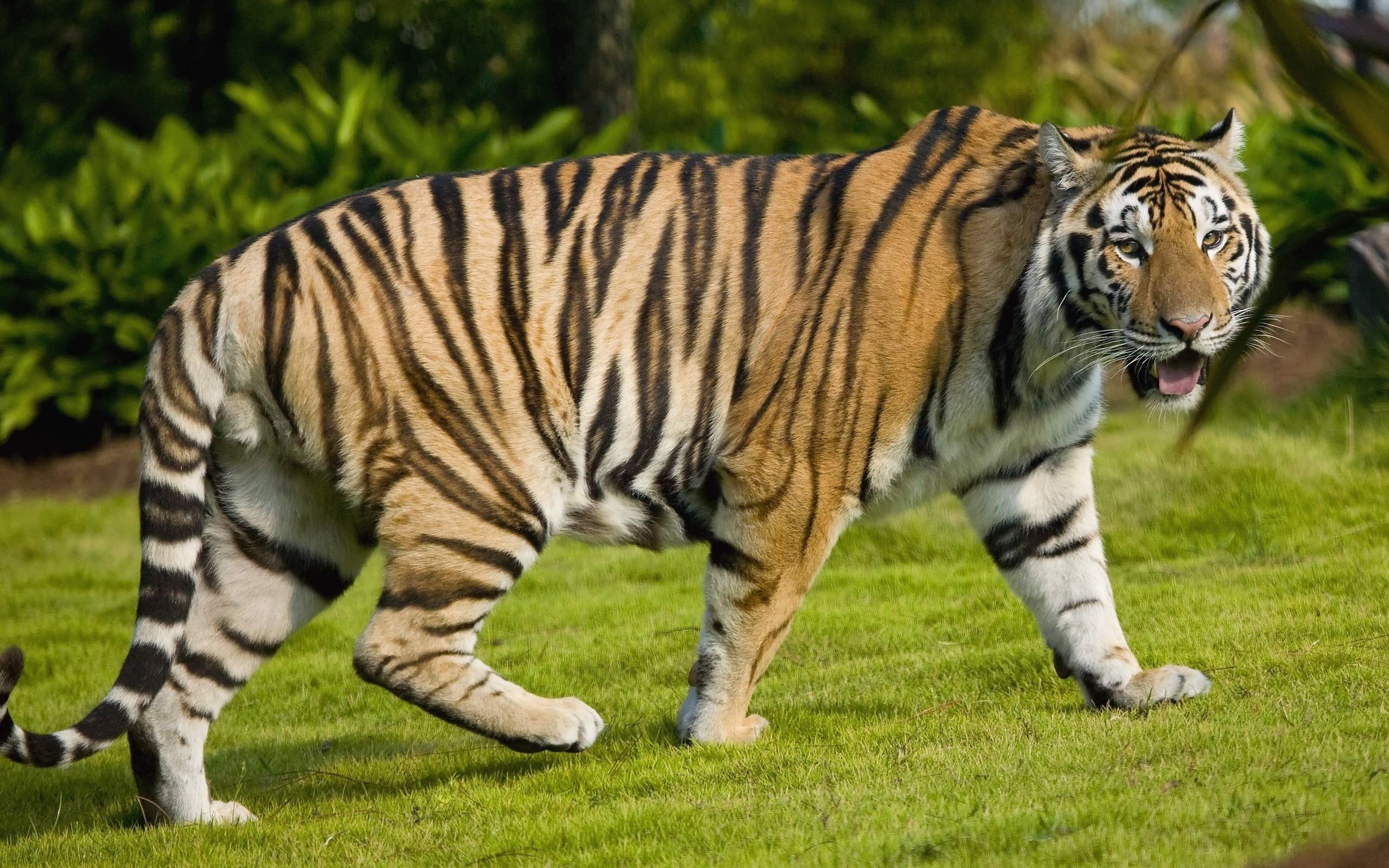
Tigers, the largest of the big cats, epitomize strength, grace, and raw power, captivating human imagination for centuries. These majestic creatures, belonging to the Panthera genus, are among the most iconic symbols of wildlife and conservation efforts globally. With their distinctive orange fur marked with black stripes, tigers are instantly recognizable and have earned their place as apex predators in their natural habitats.

Native to various parts of Asia, tigers historically roamed vast territories, from the dense forests of Siberia to the tropical jungles of India and Southeast Asia. However, due to habitat loss, poaching, and human-wildlife conflicts, tiger populations have dwindled dramatically over the past century. Today, they face the threat of extinction, with several subspecies classified as endangered or critically endangered by conservation organizations.

There are currently six recognized subspecies of tigers, each adapted to its specific environment: the Siberian, Bengal, Indochinese, Malayan, South China, and Sumatran tigers. Each subspecies exhibits unique physical characteristics and behaviors, reflecting their evolutionary history and the diverse ecosystems they inhabit.

The Siberian tiger, also known as the Amur tiger, is the largest subspecies, thriving in the cold forests of eastern Russia and parts of China. Its thick fur and stocky build enable it to endure harsh winters, while its large size makes it a formidable predator in its habitat.

Bengal tigers, found primarily in India and Bangladesh, are renowned for their vibrant orange coats and dark stripes, perfectly blending into the dappled sunlight of the jungle. They are skilled hunters, preying on deer, wild boar, and other large ungulates, using stealth and ambush tactics to catch their prey.

Indochinese tigers inhabit the forests of Southeast Asia, including Myanmar, Thailand, Laos, Cambodia, and Vietnam. Despite their elusive nature, they face significant threats from habitat fragmentation and poaching, pushing them towards the brink of extinction.
Malayan tigers, endemic to the Malay Peninsula, are among the smallest tiger subspecies, adapted to the dense rainforests and swamps of their habitat. Their smaller size allows them to navigate through the intricate vegetation with ease, hunting prey such as wild pigs, tapirs, and deer.
South China tigers, once widespread across southern China, are now considered functionally extinct in the wild, with no known individuals surviving outside captivity. Efforts to reintroduce captive-bred individuals into their former range face numerous challenges, including habitat degradation and lack of suitable prey.
Sumatran tigers, found exclusively on the Indonesian island of Sumatra, are critically endangered, with fewer than 400 individuals remaining in the wild. Their forest habitat is rapidly disappearing due to deforestation for agriculture and palm oil plantations, exacerbating their already precarious situation.
Despite the challenges they face, tigers play a crucial role in maintaining the balance of their ecosystems. As apex predators, they regulate prey populations, preventing overgrazing and preserving the integrity of forests and grasslands. Their presence is also indicative of a healthy ecosystem, where biodiversity flourishes in their absence.
Conservation efforts aimed at protecting tigers and their habitats have gained momentum in recent decades, with governments, NGOs, and local communities working together to address the various threats they face. Initiatives such as anti-poaching patrols, habitat restoration projects, and community-based conservation programs have shown promising results in some areas, leading to population increases and habitat expansion for tigers.
In addition to conservation efforts on the ground, scientific research plays a vital role in understanding tiger behavior, ecology, and genetics, informing conservation strategies and management plans. Advances in technology, such as camera traps, satellite tracking, and genetic analysis, have provided valuable insights into tiger populations and their movements, guiding conservation actions to maximize their effectiveness.
However, the battle to save tigers is far from over, as numerous challenges persist, including habitat loss, poaching for their skins and body parts, human-wildlife conflicts, and the illegal wildlife trade. Addressing these complex issues requires a multifaceted approach, involving governments, local communities, NGOs, and the international community working together towards a common goal.
Education and awareness-raising efforts are also essential in garnering public support for tiger conservation, fostering a sense of stewardship and responsibility towards these magnificent creatures and their habitats. By engaging people of all ages and backgrounds, from schoolchildren to policymakers, we can inspire collective action to protect tigers and ensure their survival for future generations.
Furthermore, sustainable development practices that promote coexistence between humans and tigers are crucial for long-term conservation success. Balancing the needs of local communities with the conservation of tiger habitats requires innovative solutions that empower people while safeguarding the natural heritage they depend on.
In conclusion, tigers are not just charismatic megafauna; they are keystone species that hold immense ecological, cultural, and economic significance. Protecting tigers and their habitats benefits not only these iconic animals but also the countless other species that share their ecosystems and the millions of people who rely on these natural resources for their livelihoods.
As stewards of the planet, it is our responsibility to ensure the survival of tigers and all living beings that inhabit our planet. By taking concerted action to address the threats facing tigers and their habitats, we can secure a future where these magnificent creatures continue to roam the wild, embodying the untamed spirit of nature for generations to come.